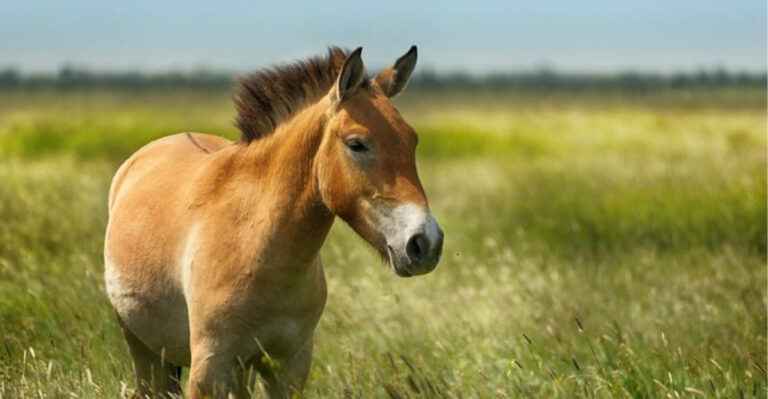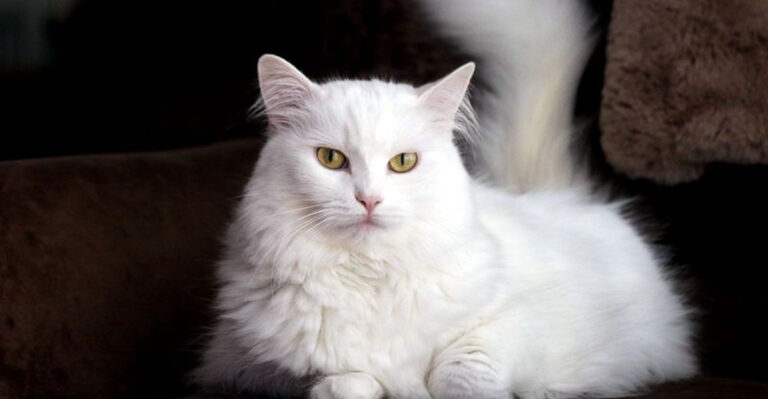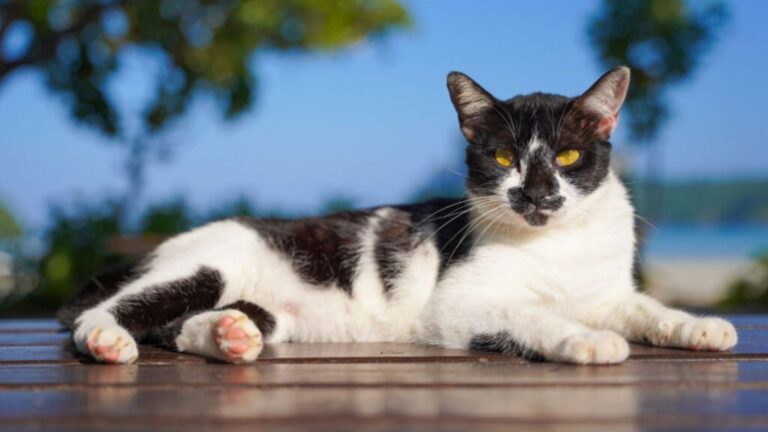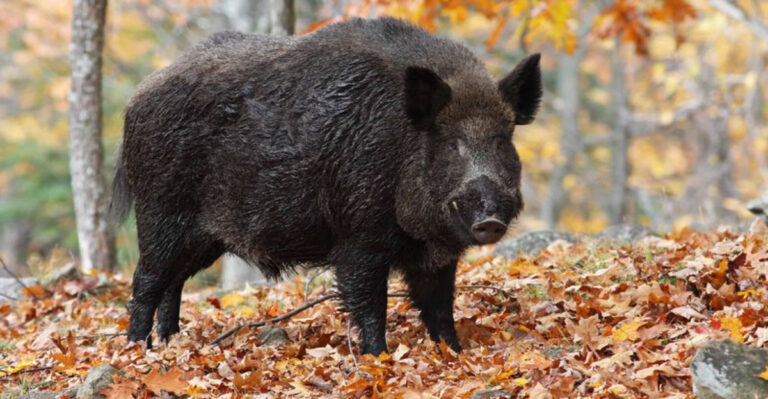17 Animals That Stay In Motion Every Moment Of Their Lives
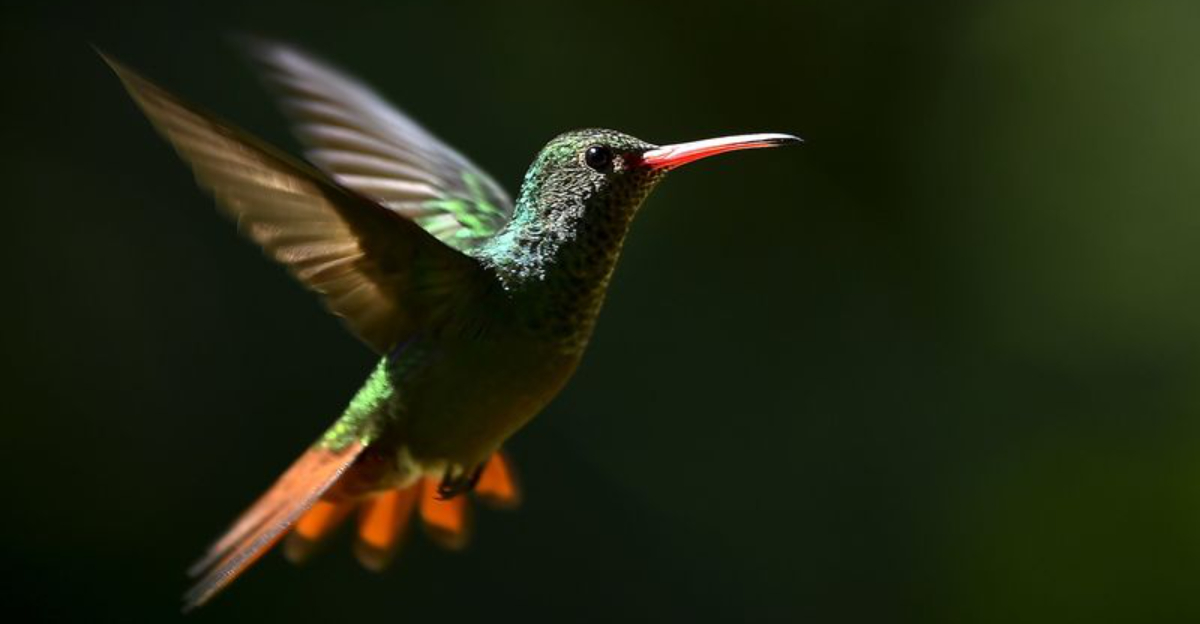
Some creatures in our world never truly rest. Unlike humans who need to sleep and relax, these fascinating animals remain in constant motion throughout their entire lives.
Whether swimming, flying, or crawling, these perpetual movers have adapted to life on the go for survival, feeding, or breathing purposes.
1. The Marathon Swimmers Of The Deep
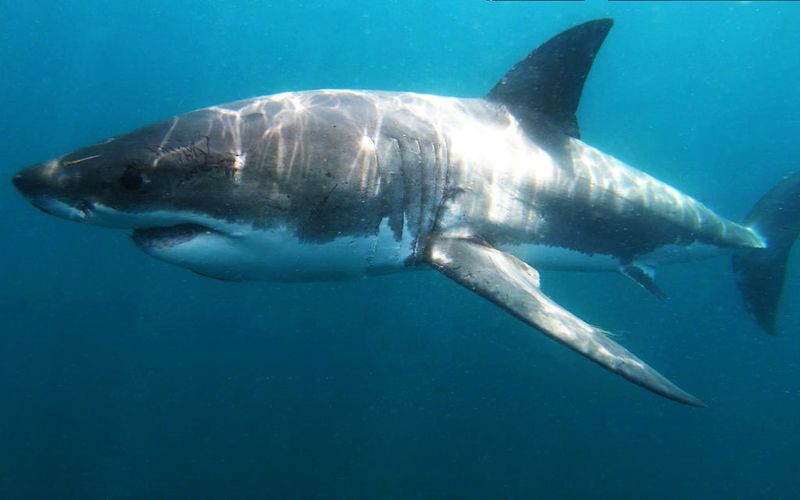
Beneath the waves, great white sharks never stop swimming. If they did, they’d suffocate! These predators lack swim bladders that most fish use to stay buoyant.
Instead, they must keep moving to push oxygen-rich water over their gills. Even when resting, their mouths and tails continue working, pushing them forward in a kind of half-sleep.
2. Tiny Aerial Acrobats
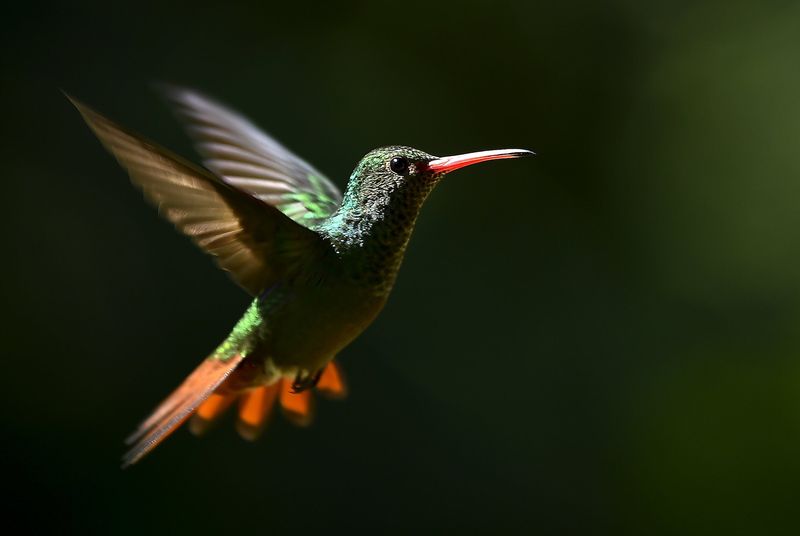
Like miniature fighter jets, hummingbirds buzz through life without hitting pause. Their wings beat up to 80 times per second, creating that distinctive humming sound.
At night, these feathered dynamos enter torpor – a hibernation-like state – but their hearts still pump and their breathing continues. Even in this slowed-down mode, they’re never completely motionless.
3. Ocean’s Perpetual Wanderers
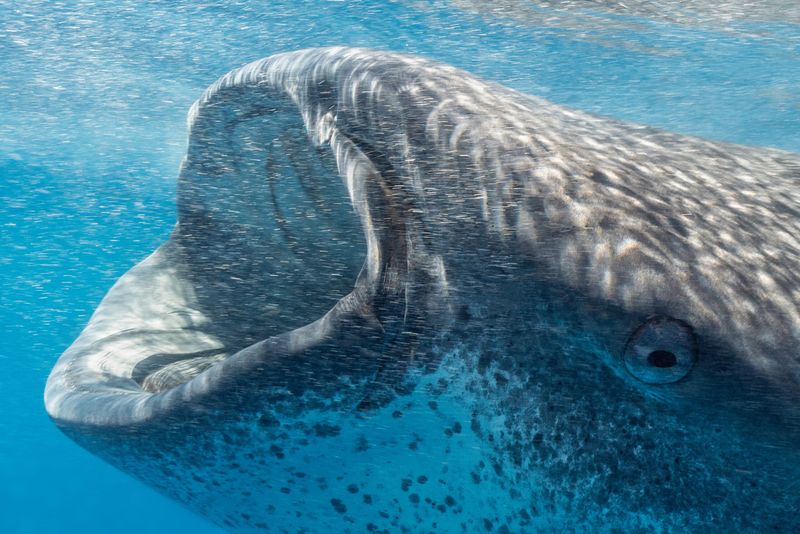
Imagine swimming non-stop for 70 years! That’s daily life for whale sharks. These gentle giants cruise the oceans without taking traditional naps.
Their massive bodies require constant water flow through their gills. While parts of their brain may rest, these spotted leviathans keep swimming. They’ve perfected the art of moving forward while expending minimal energy.
4. Swift Kings Of The Sky
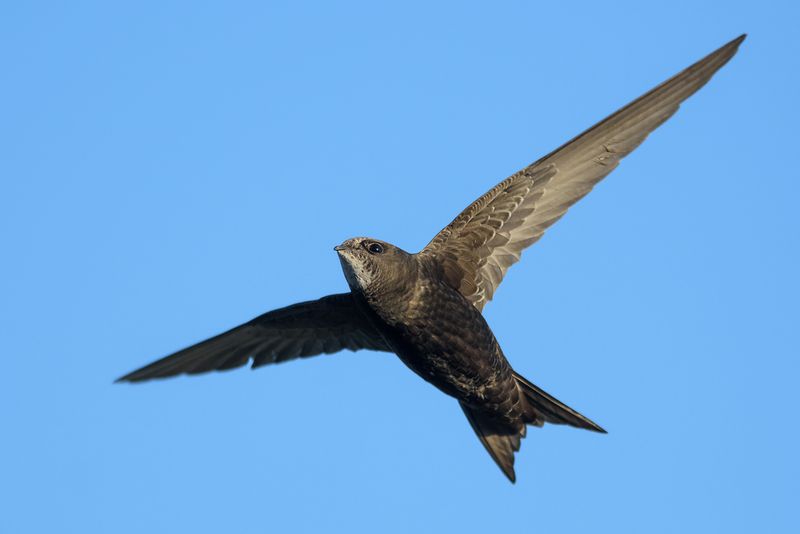
Soaring champions of endurance, common swifts spend almost their entire lives airborne. These remarkable birds can stay aloft for up to ten months straight!
They eat, drink, and even sleep while flying. Research shows they can rest one half of their brain at a time, keeping the other half alert for navigation. Their aerial lifestyle is so complete that their tiny feet can barely support walking.
5. The Sea’s Tireless Hunters
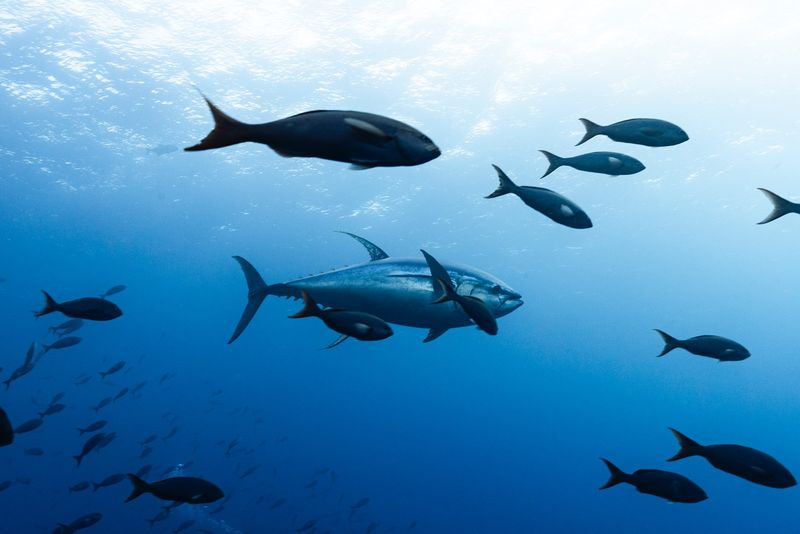
Built for speed and endurance, tuna glide through the ocean with relentless energy. Constant movement isn’t a choice but a necessity for survival.
Warm-blooded adaptations give them a major edge in speed and agility. Few fish can rival their ability to cover vast distances at such high velocity.
6. Microscopic Motion Machines
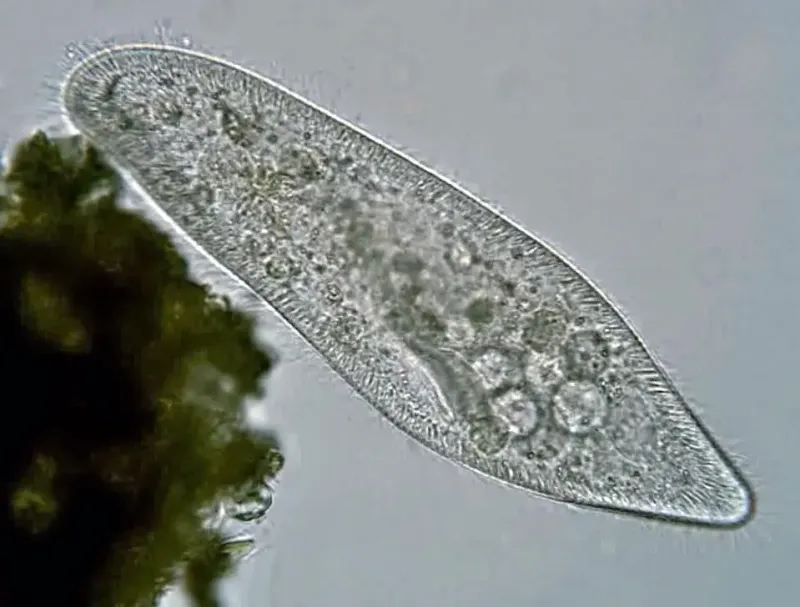
You’d need a microscope to witness these tireless dancers. Paramecia – single-celled organisms – propel themselves through water using thousands of tiny hair-like cilia that beat constantly.
These microscopic marvels never truly rest. They’re always in motion, searching for food particles or fleeing threats.
7. Reef’s Restless Residents
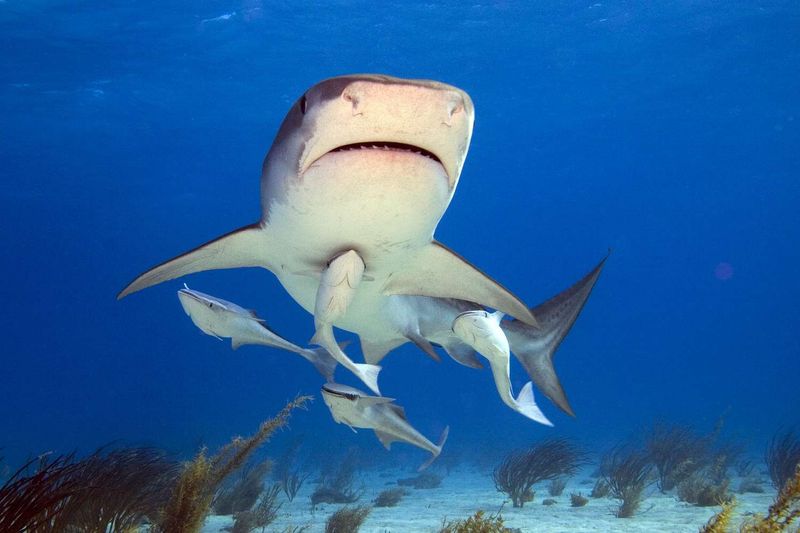
Fan the pages of a book rapidly and you’ll understand how remora fish breathe. These hitchhikers, famous for attaching to sharks, must continually fan water across their gills.
Even when seemingly still, their gill covers pump constantly. Their modified dorsal fin forms a suction cup, letting them conserve energy by hitching rides on larger animals. This clever adaptation allows perpetual movement without exhaustion.
8. Nocturnal Fluttering Phantoms
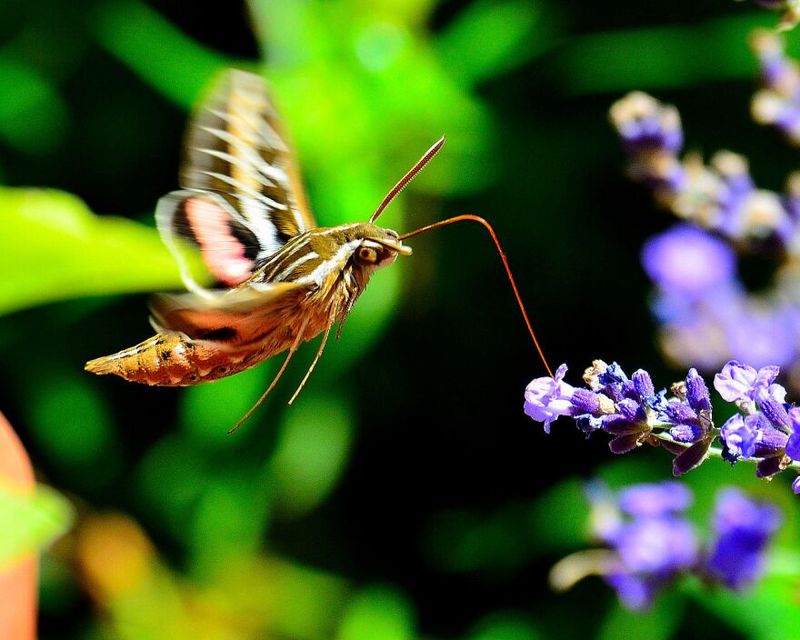
Dark skies signal go-time for hawk moths, nature’s nimble aerial acrobats. Wings hum with intensity as they hover midair, sipping nectar without landing.
Flight skills rival hummingbirds, with the ability to fly backward and upside down. Constant motion fuels their survival, demanding nonstop energy intake just to keep going.
9. Deep Sea Perpetual Paddlers
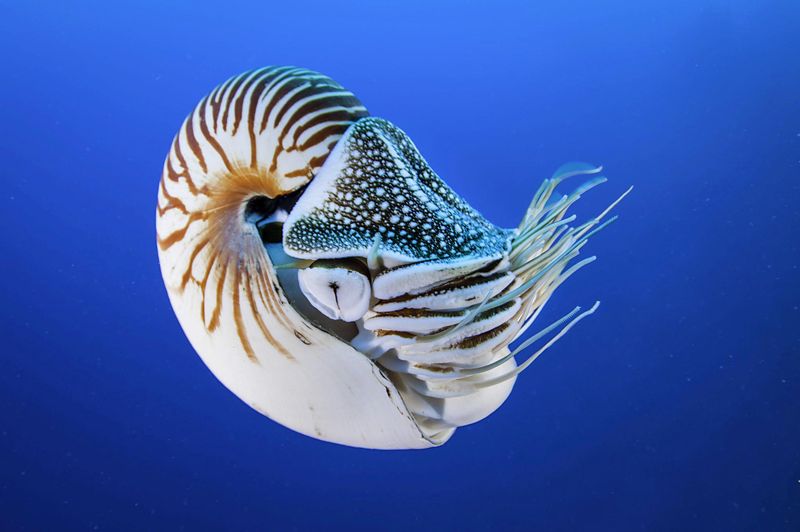
Floating through the midnight zones of our oceans, nautiluses have survived since dinosaur times thanks to non-stop movement. These living fossils with spiral shells never anchor themselves.
Using jet propulsion and over 90 tentacles, they’re constantly in motion. Their primitive chambered shells require continuous adjustment to maintain buoyancy. Without modern swim bladders, they must actively manage their position in the water column.
10. Winged Marathon Champions
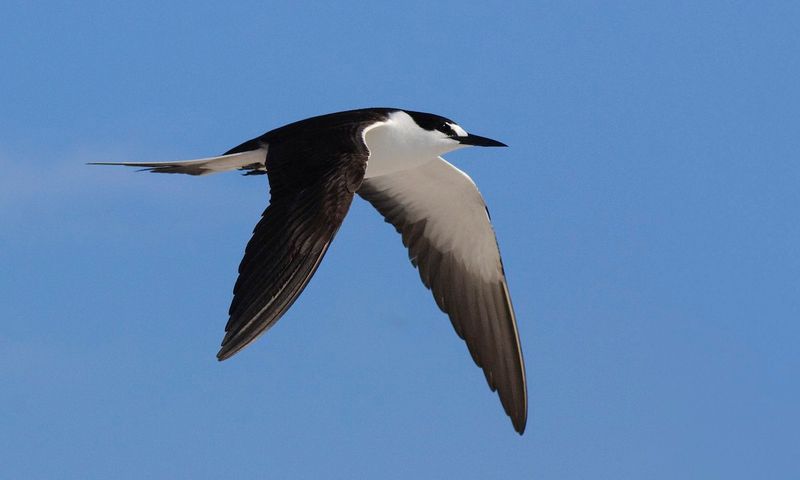
Breaking flight records with ease, sooty terns spend years without touching land. These seabirds only come ashore to breed, otherwise living entirely on the wing.
Scientists tracking juvenile sooty terns discovered they can fly continuously for 3-4 years before their first landing! They catch small fish by skimming the water’s surface and even sleep while gliding on air currents, giving new meaning to “life on the go.”
11. Eternal Swimmers Of The Arctic
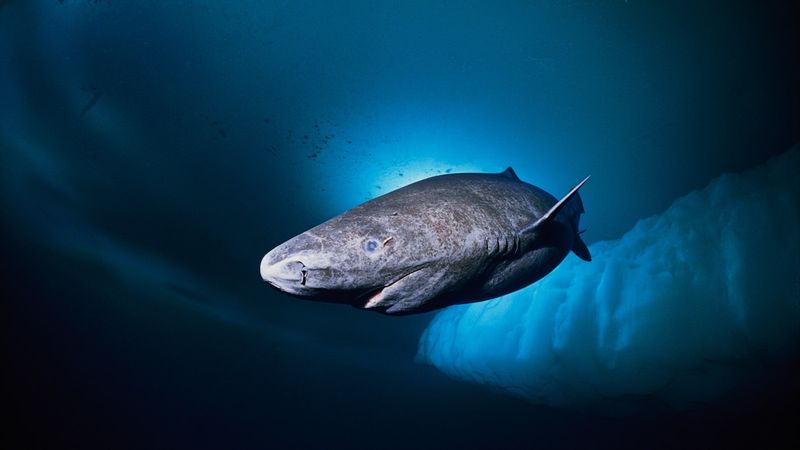
Braving icy waters without pause, Greenland sharks are nature’s ultimate marathoners. These giants can live over 400 years, swimming continuously through frigid depths.
Their incredibly slow metabolism – hearts beating once every 10 seconds – allows this perpetual motion. They cruise at less than one mile per hour, conserving energy while constantly moving.
12. Current-Riding Drifters
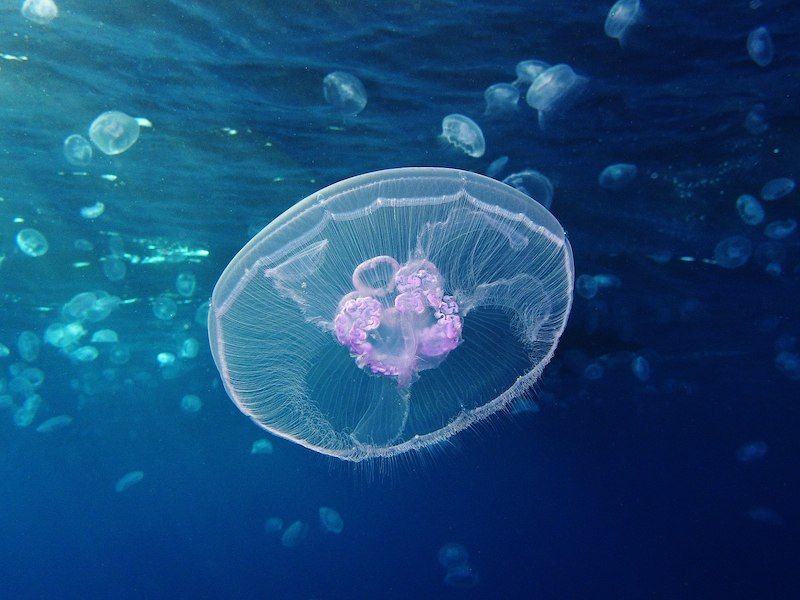
Pulsing through oceans like living lava lamps, jellyfish never take a break. These gelatinous creatures contract their bell-shaped bodies rhythmically from birth until death.
Without brains, hearts, or central nervous systems, their movement is both automatic and essential. This constant pulsing helps them capture prey and avoid sinking. Some species, like moon jellies, contract their bells about 40 times per minute throughout their entire lives.
13. Aquatic Breathing Machines
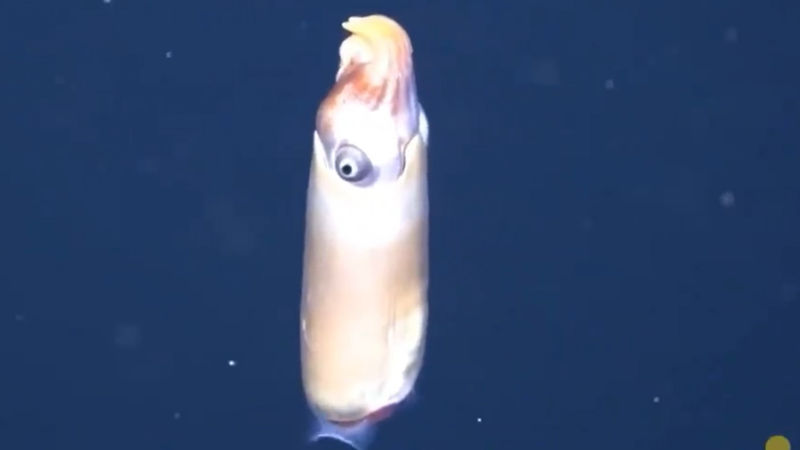
Ram’s horn squid might look unassuming, but they’re swimming non-stop through the twilight zone of our oceans. Unlike their cephalopod cousins, they can never fully rest.
Their unique internal shell requires constant movement to maintain buoyancy. They use jet propulsion to hover in the water column, expelling water through a specialized funnel. This perpetual motion keeps them at their preferred depth – neither rising nor sinking.
14. Eternal Ocean Wanderers
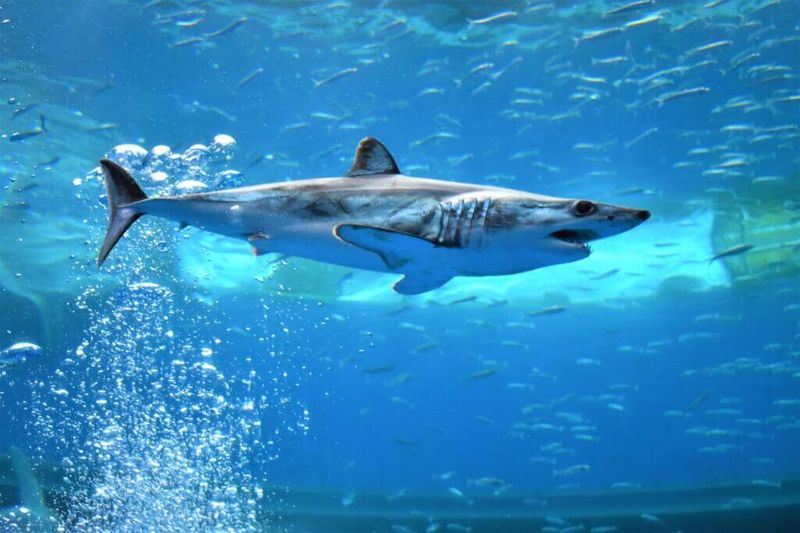
Few marine animals can match the relentless pace of a mako shark in open water. Crescent-shaped tails and torpedo-like bodies make high-speed travel effortless.
Oxygen comes only through forward motion, forcing them to swim without pause. Internal systems are fine-tuned for efficiency, conserving energy even at top speed.
15. Tiny Perpetual Propellers
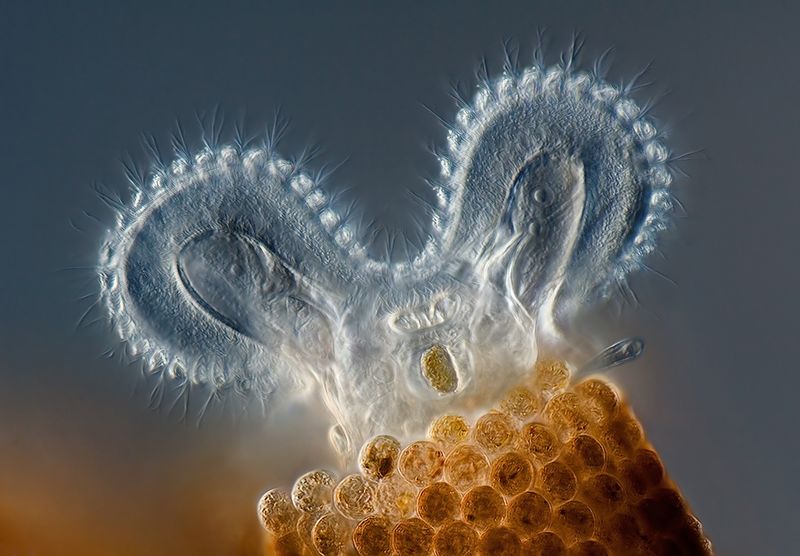
Microscopic and mighty, rotifers whirl through water with tireless energy. Cilia spin in mesmerizing circles, pulling food straight toward their mouths.
Constant motion defines their existence, powering feeding and movement in one elegant flow. Some species rotate faster than a hummingbird’s wings, keeping up the pace for life’s entire journey.
16. Ceaseless Desert Foragers
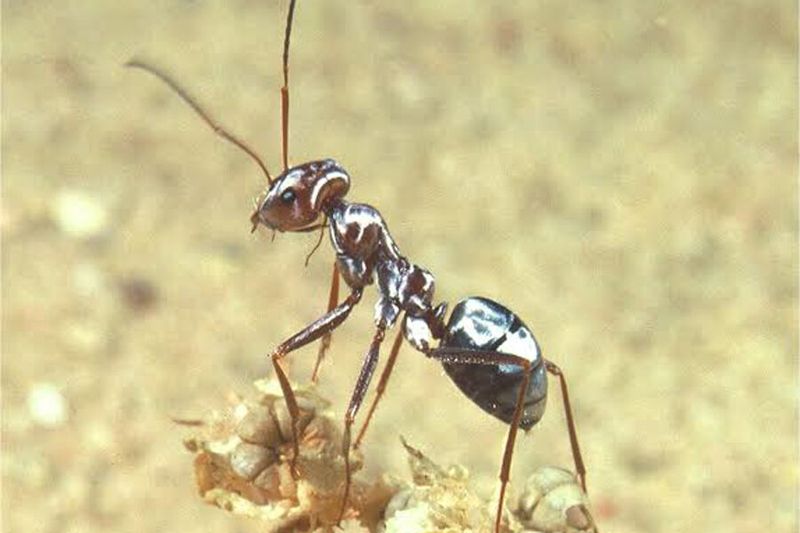
When temperatures soar to lethal levels, Saharan silver ants become speed demons. These metallic marvels make brief foraging trips at the hottest part of the day when predators hide.
During these missions, they’re constantly moving – taking up to 47 steps per second! Their silvery hairs reflect sunlight while specialized legs keep their bodies elevated above scorching sand.
17. Perpetual Ocean Drifters
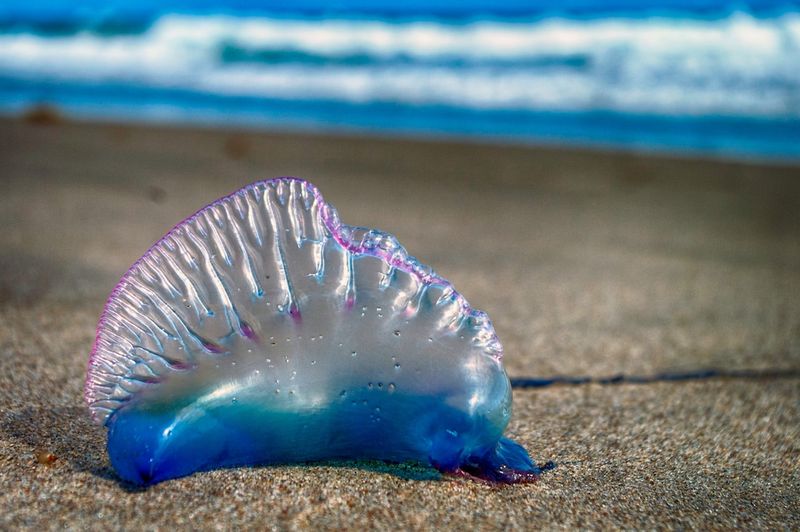
Floating through the seas like living water balloons, Portuguese man-of-war never rest their tentacles. These colonial organisms aren’t true jellyfish but siphonophores – collections of specialized animals working as one.
Their venomous tentacles continuously contract and extend, sometimes reaching 100 feet long. Their gas-filled float can’t be deflated, forcing constant movement at the mercy of winds and currents.

